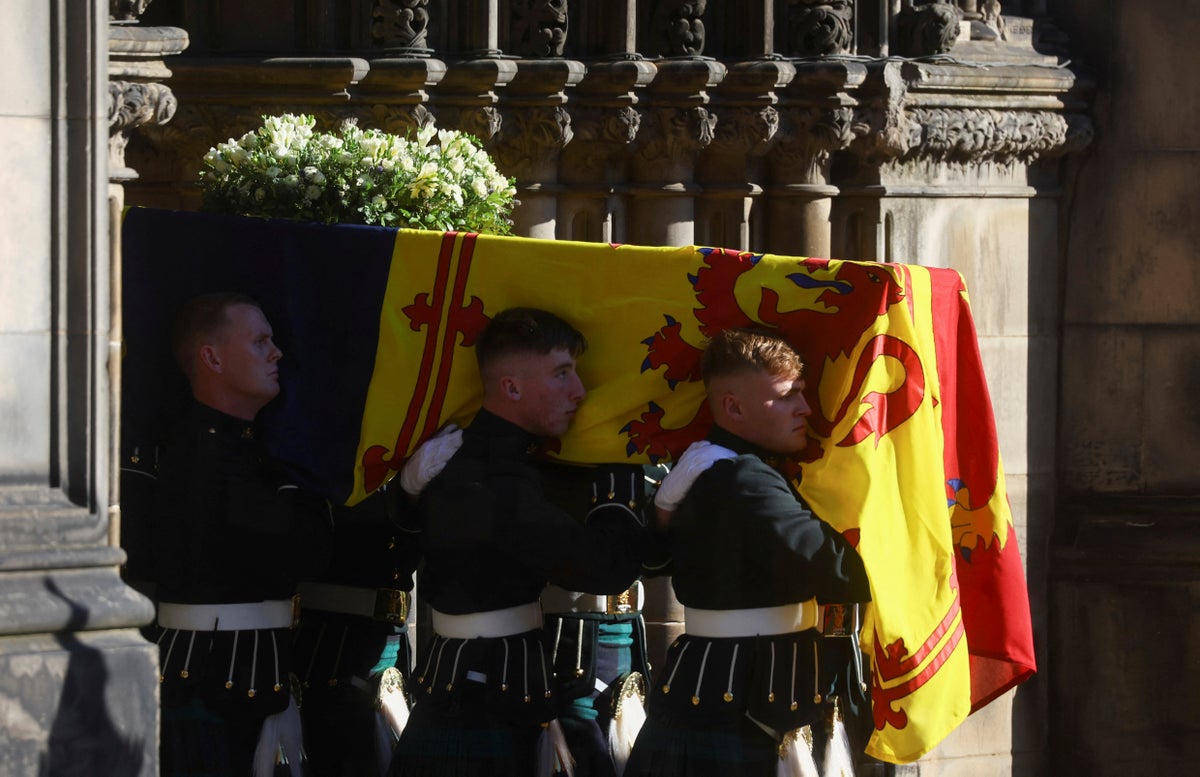
The death of Queen Elizabeth II set in motion a tightly choreographed series of ceremonial and constitutional steps, as Britain undergoes a period of national mourning and enters the reign of King Charles III.
A long-established 10-day plan, code-named Operation London Bridge, covered arrangements for the queen's final journey to London and state funeral. Here is what the plan includes for the coming days:
Tuesday Sept. 13
— The queen's coffin is taken by hearse from St. Giles Cathedral in Edinburgh to Edinburgh Airport. It will be flown by the Royal Air Force to London and taken to Buckingham Palace.
— King Charles III and his wife, Queen Consort Camilla, visit Northern Ireland, where they meet politicians and faith leaders and attend a service of remembrance at St. Anne's Cathedral.
Wednesday, Sept. 14
— The coffin is transported from Buckingham Palace to Parliament on a gun carriage, with the king and other royals walking behind.
— It is placed in Parliament's medieval Westminster Hall, where the archbishop of Canterbury conducts a short service. The queen will then lie in state for four days, until the morning of her funeral. Members of the public will be able to pay their respects and troops will keep a round-the-clock vigil.
Friday, Sept. 16
— The king and queen consort visit Wales, following their visits to Scotland and Northern Ireland, the other devolved nations that make up the United Kingdom.
Sunday, Sept. 18
— Britain holds a “national moment of reflection” with 1 minute of silence at 8.p.m. (1900 GMT, 3 p.m. EDT).
Monday, Sept. 19
— The queen's coffin will be taken from Westminster Hall to nearby Westminster Abbey for a state funeral that begins at 11 a.m. Leaders and dignitaries from around the world are expected to attend.
— The funeral marks the end of 10 days of national morning, and the day will be a public holiday across the U.K.







